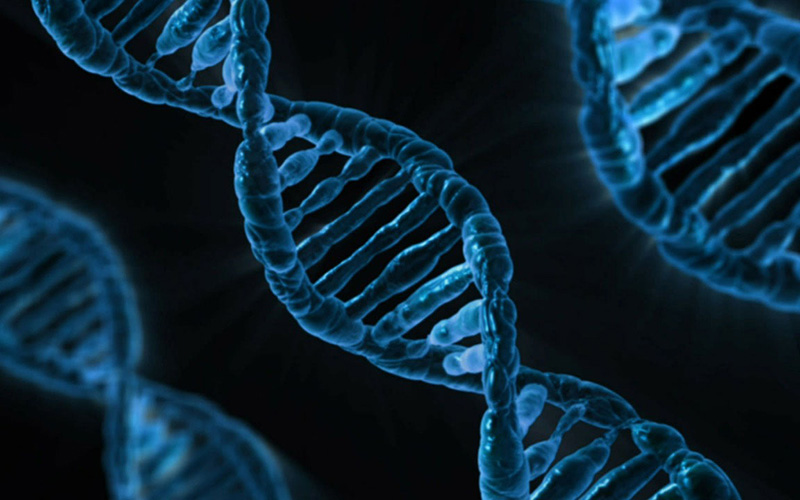PHOENIX – A nationwide study led by TGen found that a child’s socioeconomic status could influence the gut microbiome and shape the child’s health throughout his or her lifetime.
The microbiome is a mix of trillions of microscopic organisms within the digestive tract that protects against specific pathogens, aids growth development and influences how children respond to vaccines.
Previous research focused on the microbiome of adults. This research – which used samples of DNA and nucleic acids from a racially diverse group of 588 children, ages 1 month to 15 years – is among the first studies focused on young children and whether the socioeconomic status of their family has a predictive value for what is taking place in their gut microbiome.
Diet and other physical exposures, including mode of birth, are associated with the microbiome living in children. However, the study’s lead author, Candace Lewis, an assistant professor who holds a joint position with ASU and TGen (the Translational Genomics Research Institute), explained how her research focused on social stressors rather than just physical.
“We found that different organisms or the abundance of different organisms living in children’s microbiome can have really important implications for understanding how our early life environments can shape one’s health throughout the lifespan.”
The term socioeconomic status refers to an index of income, educational attainment, financial security and subjective perceptions of social status and social class, according to the American Psychological Association.
Lewis said understanding the early environmental exposure of children matters for the country’s overall health. Policymakers should consider giving all families adequate resources and access to nutrition while lowering stress in their lives, she said.
This study focused on how much environmental exposure affects the microbiome of children. Still, Lewis said, the next step is to study multiple microorganisms in the gut and research the different pathways they regulate within the body. That would allow researchers to determine whether this influences the child epigenome – the chemical compounds that tell a person’s genetic material what to do, where to do it and when to do it.



